
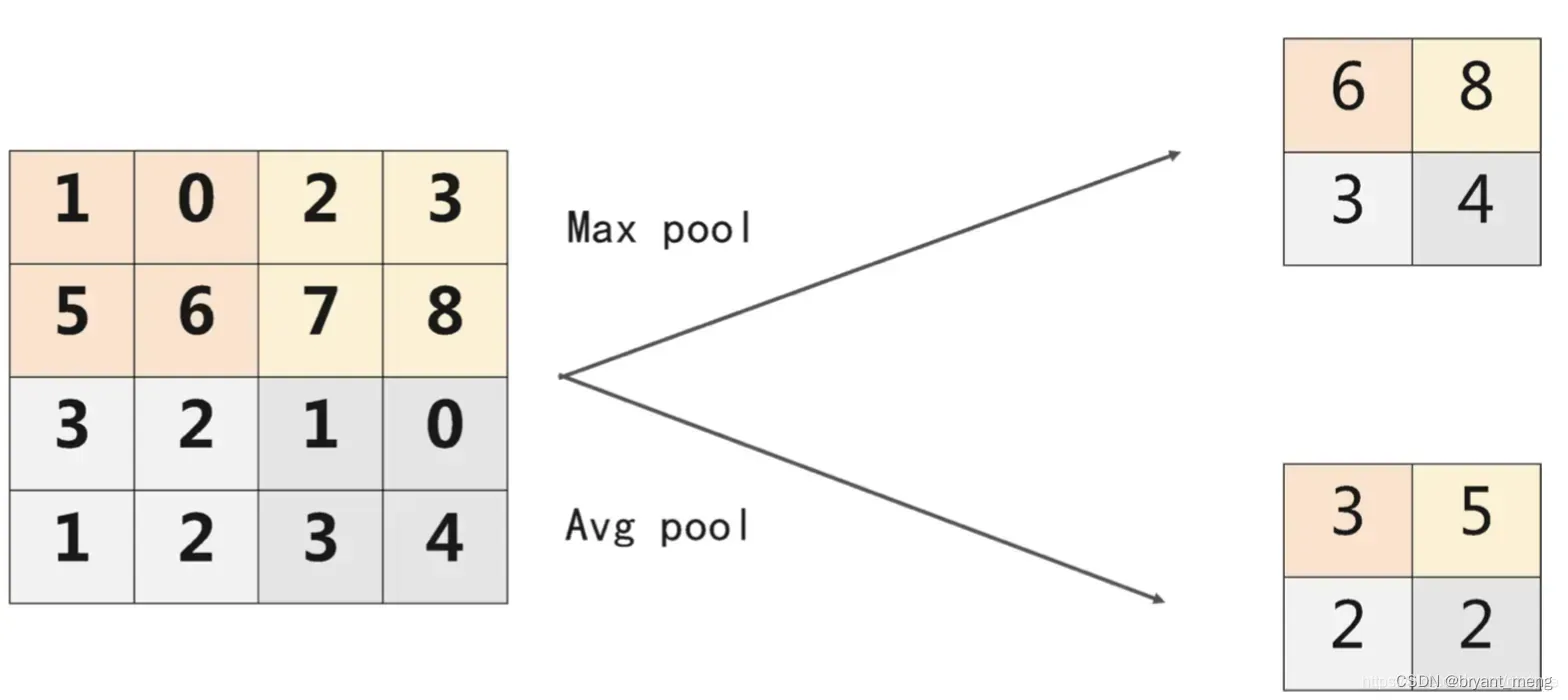
RSKT-2014
International conference on rough sets and knowledge technology
1 Background and Motivation
池化层的作用(一文看尽深度学习中的9种池化方法!)
- 增大网络感受野
- 抑制噪声,降低信息冗余
- 降低模型计算量,降低网络优化难度,防止网络过拟合
- 使模型对输入图像中的特征位置变化更加鲁棒
作者针对 max 和 ave pooling 的缺点,

提出了 mix pooling——randomly employs the local max pooling and average pooling methods when training CNNs
2 Review of Convolutional Neural Networks

- Convolutional Layer,包括卷积操作和 activation function
- Non-linear Transformation Layer,也即 normalization 层,现在比较流行的是 BN 等,以前的是 LCN(local contrast normalization) 和 AlexNet 的 LRN(the local response normalization) 等,PS:论文中 LCN 的公式感觉有问题,LRN 细节也原版论文也有差距,形式基本一致
- Feature Pooling Layer
3 Advantages / Contributions
借鉴 dropout, 混合max 和 ave 池化,提出 mixed pooling
4 Method
1)mixed pooling 公式

is a random value being either 0 or 1
2)mixed pooling 反向传播
先看看 max 和 ave pooling 的反向传播
max pooling
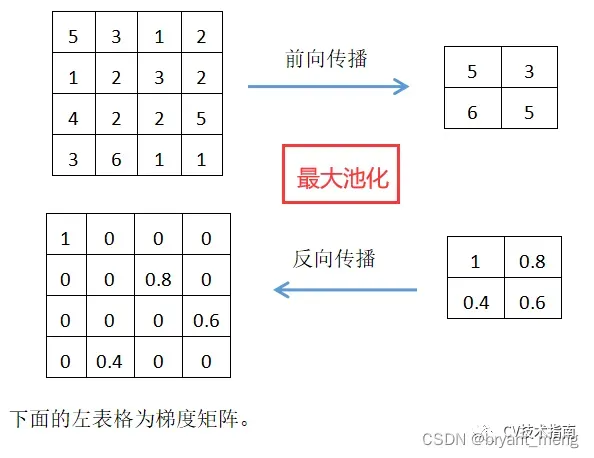
ave pooling

(图片来源于网络,侵删!!!)
mixed pooling
得记录下 的取值,才能正确反向传播
the pooling history about the random value in Eq. must be recorded during forward propagation.
3)Pooling at Test Time
统计训练时某次 pooling 采用 max 和 ave 的频次 和
,谁的频次高测试的时候该处的 pooling 就用谁,开始玄学了是吧,哈哈哈哈

5 Experiments
5.1 Datasets
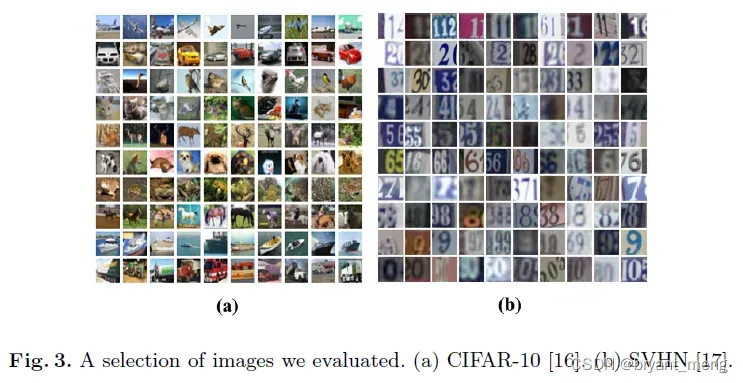
- CIFAR-10
- CIFAR-100
- SVHN
5.2 Experimental Results
1)CIFAR-10

train error 高,acc 高
作者解释 This indicates that the proposed mixed pooling outperforms max pooling and average pooling to address the over-fitting problem
可视化结果
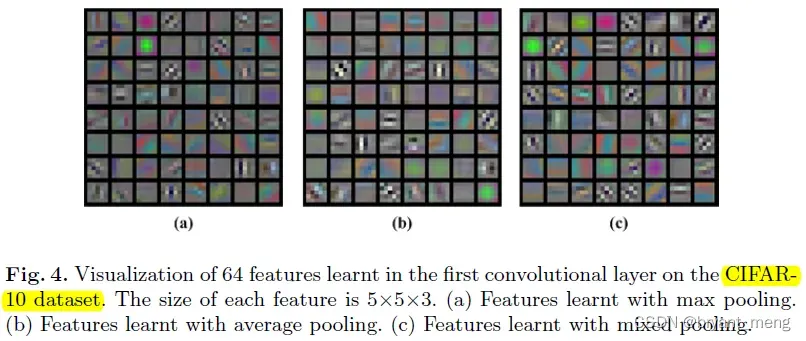
2)CIFAR-100
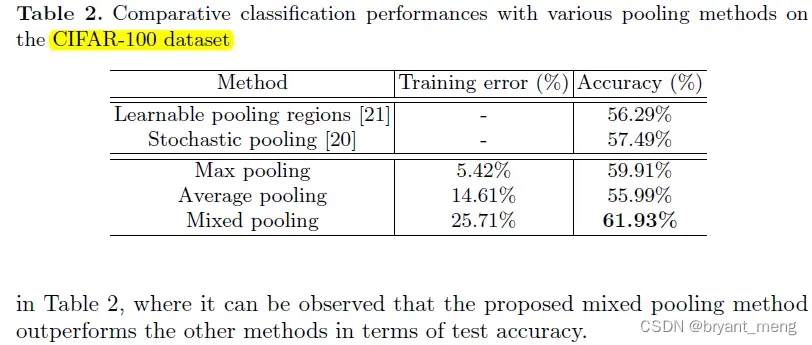
3)SVHN

4)Time Performance
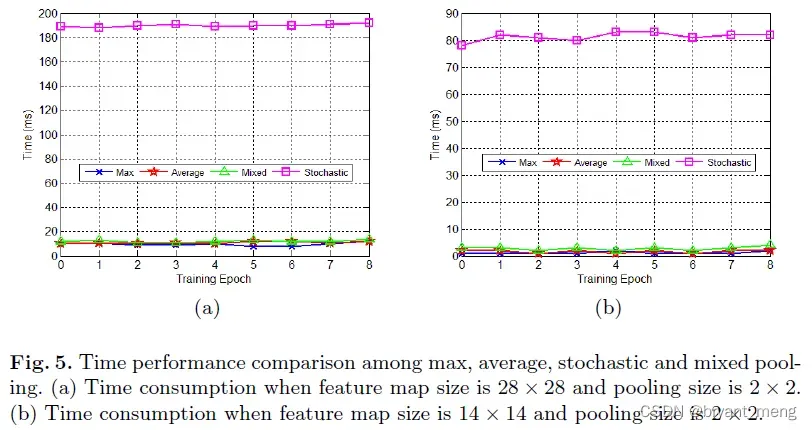
6 Conclusion(own) / Future work
LRN

都是超参数,
输入输出特征图,
空间位置,
通道位置
以下内容来自 深度学习的局部响应归一化LRN(Local Response Normalization)理解
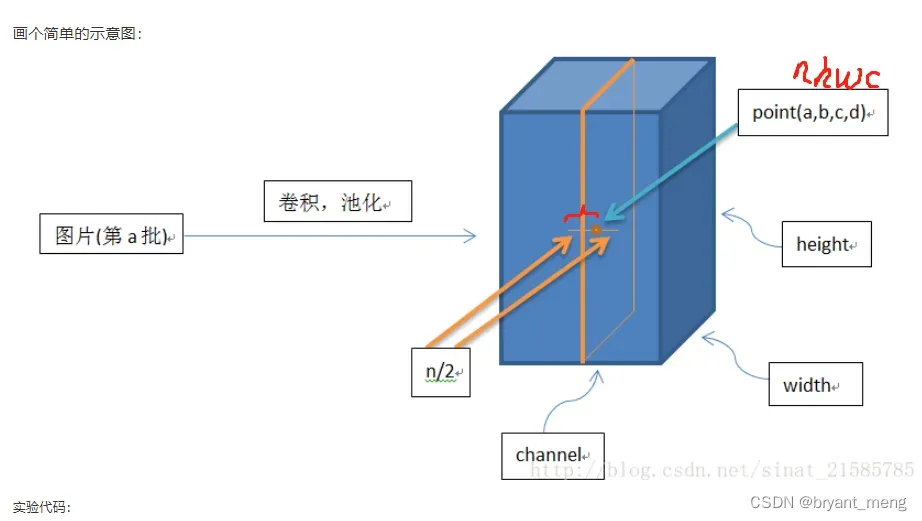
import tensorflow as tf
import numpy as np
x = np.array([i for i in range(1,33)]).reshape([2,2,2,4])
y = tf.nn.lrn(input=x,depth_radius=2,bias=0,alpha=1,beta=1)
with tf.Session() as sess:
print(x)
print('#############')
print(y.eval())

LCN
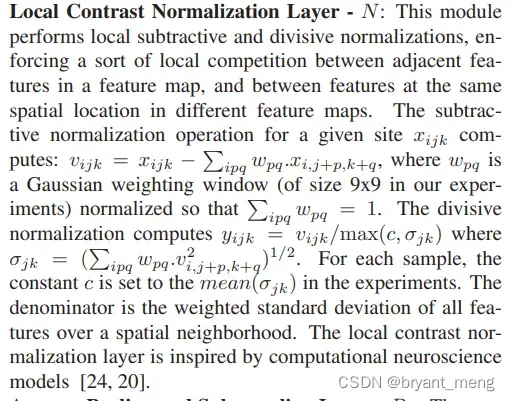
文章出处登录后可见!
